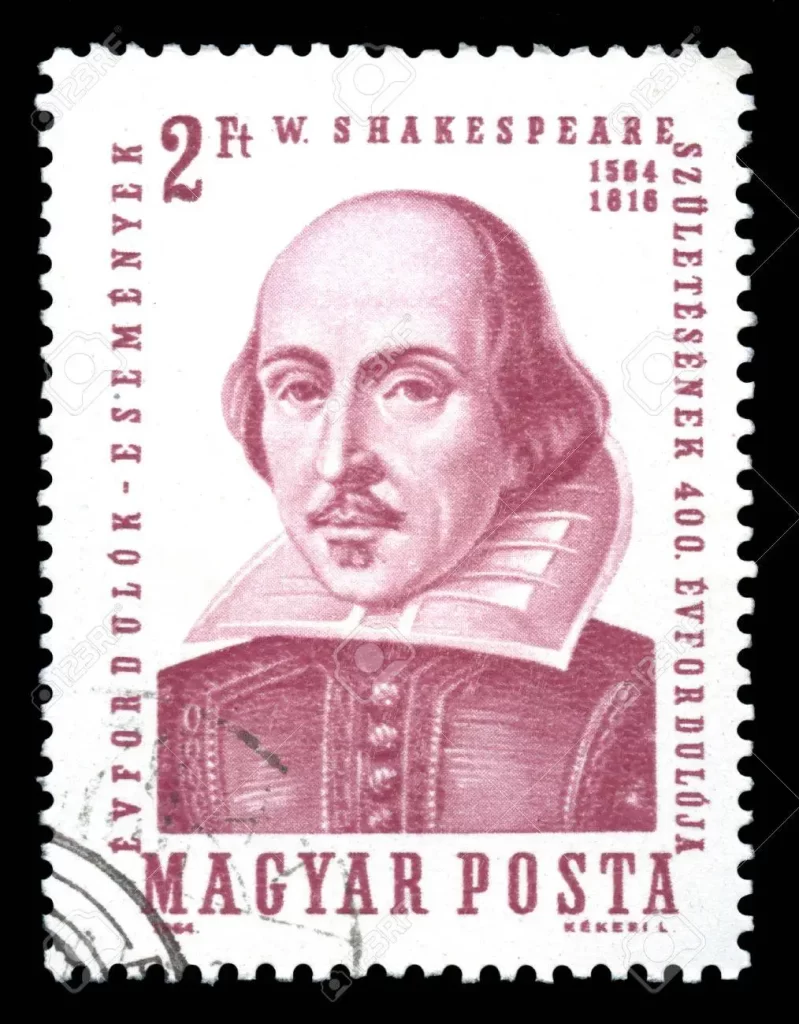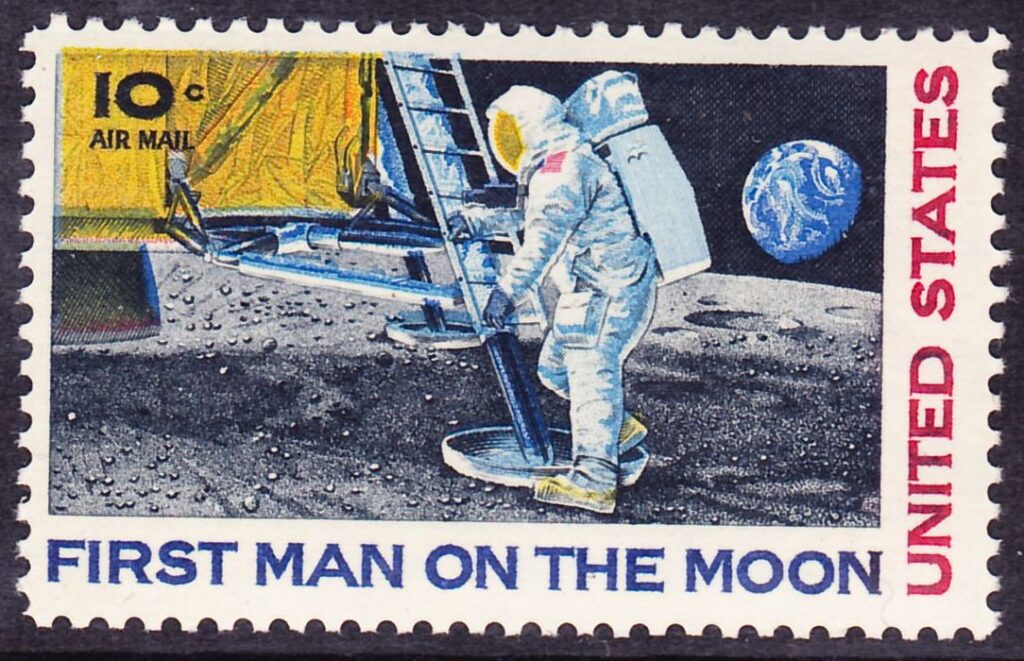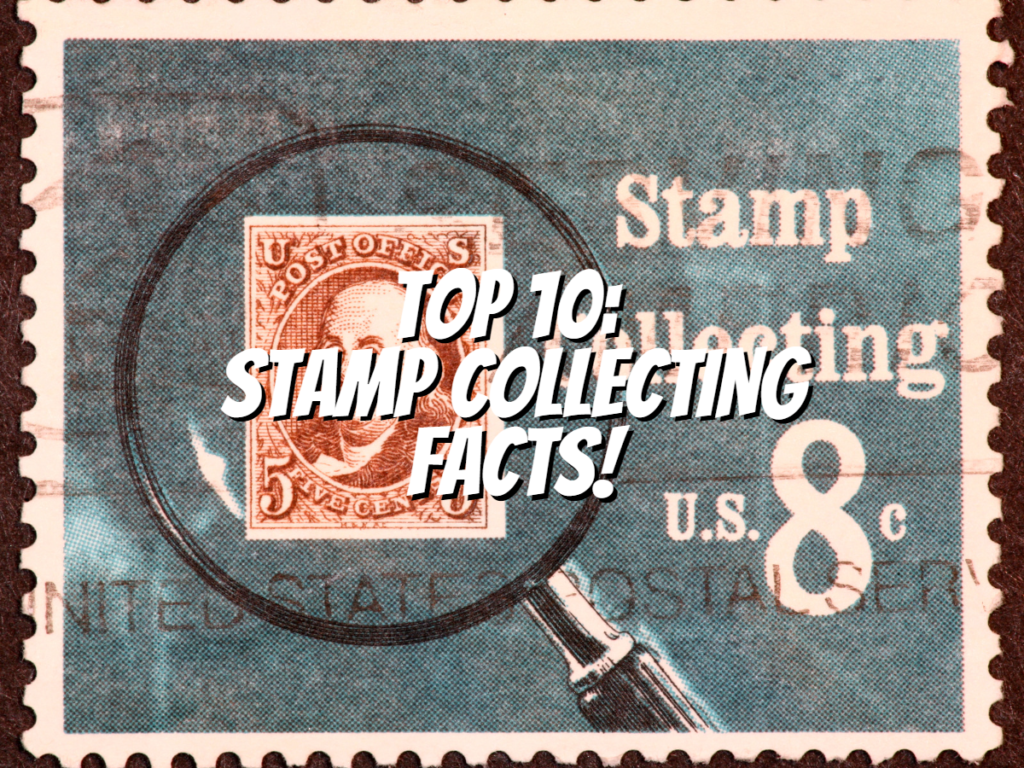Stamps have existed for over 250 years but are still a popular hobby and part of our everyday lives. They’re found on envelopes and packages, at the post office, and in museums. Stamp collecting is also known as philately, which comes from two Greek words that mean “Love of Things Past.” So what facts do we know about postage stamps?
Stamp Collecting Facts:
1. On May 6, 1840, the United Kingdom Released the First Adhesive Postage Stamp in the World.
Postal reform in Britain occurred rapidly. On January 10, 1840, the half-ounce letter rate of one penny was established.
It took nearly four more months, but on May 6, 1840, prepaid stamps and stationery were finally introduced. Hill and his assistant Henry Cole had to work quickly to make the first stamp for the deadline.
Hill chose the prestigious security printing firm of Perkins, Bacon & Petch as his printer. For the design, he went with a detailed profile of Queen Victoria. Then, after seeing a medal of her likeness created by William Wyon, Perkins, Bacon commissioned a portrait of the woman to be drawn by Henry Corbould.
2. The Penny Black was the Original Postage Stamp.

The first adhesive stamp was the Penny Black, a government-run postal service ever used. It was first issued in the UK on May 1, 1840, though it couldn’t be used until May 6 that year. Queen Victoria’s likeness appears on the stamp.
3. The First Adhesive Stamp was Created by Sir Rowland Hill in 1837.
In 1837, Sir Rowland Hill created the first self-adhesive postage stamp. He kept working to improve his creation, and in 1840 he made it available to the general public.
England was the first country to get the news. Along with this innovation, he also explained for and established postage rates based on the stamp’s weight rather than its size, as was customary at the time.
He wrote that the stamp needed to be smaller than usual while still being noticeable and simple to use. The invention was made to simplify and improve postal services.
4. Stamps Became Red in 1841

The Penny Red stamp was introduced on February 10, 1841, to replace the Penny Black. However, soon after, they realized that black was not an ideal color choice for stamps.
The red ink used for cancellation was difficult to see on black stamps, thus making it easy for people to reuse the stamp.
To address this issue, the team decided on red because any writing on a black stamp would be invisible. The Penny Red stamp was a staple for many years; some 21 billion were printed. However, production ceased in October 1879.
5. The Recipient, not the Sender, Used to Cover the Postage Cost.
The addressee was responsible for covering the letter’s cost in the days before stamps. The person mailing the letter must foot the bill now that stamps are available.
6. William Shakespeare was the First Non-Royal Person to Appear on a Stamp.

It is common knowledge among stamp collectors and regulars at pub quizzes that William Shakespeare was the first commoner to be featured on a British postage stamp, with five commemorative stamps bearing his image issued in 1964.
However, there was an earlier instance of a non-royal person appearing on a British stamp, albeit not a postage stamp. In 1884, the National Telephone Company issued a set of 5 telephone stamps depicting Colonel Robert Jackson, the company chairman.
7. 1968 the Distinction between First- and Second-class Mail was Established.
Postage stamps, both first- and second-class, are still in use. Invest in a first-class stamp if prompt delivery is essential.
The cost will be slightly higher than second-class mail, but it will arrive more quickly. In 1968, a “first-class” and “second-class” system was implemented.
8. Various Events and Holidays Prompt the Release of Commemorative Stamps.

New and interesting stamps are being issued regularly now. Many different events and holidays are marked with them.
9. People Collect Stamps!
Numerous people enjoy collecting stamps. A complete list of collections is available on the official website of the Guinness Book of World Records.
Birds, frogs, paintings, ships, and even pandas make up the bulk of the stamps in these albums. Greek stamp collector Konstantinos Antonopoulos has amassed the world’s largest collection of first-day covers.
10. The British Guiana 1c Magenta is the World’s Most Expensive Stamp.

Guinness World Records says the British Guiana 1c magenta is the world’s priciest stamp. On June 17, 2014, it was sold in New York. Nearly a billion times the stamp’s face value, the final sale price is staggering. They got $9,480,000 for it.
Its most recent sale was in June 2021 for $8.3 million to Stanley Gibbons PLC
Before you go…
That’s all for our list of the top 10 stamp-collecting facts! We hope you enjoyed it and found it interesting. Make sure to share your collection with us in the comment section! Happy Collecting!
Check out my next article: “How To Start Stamp Collecting?“
Related Articles:

